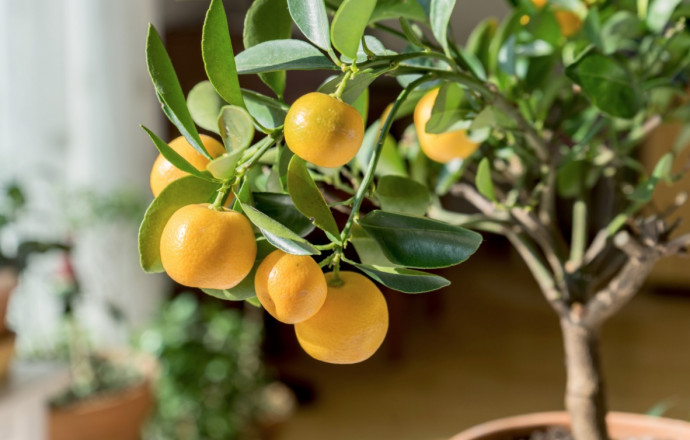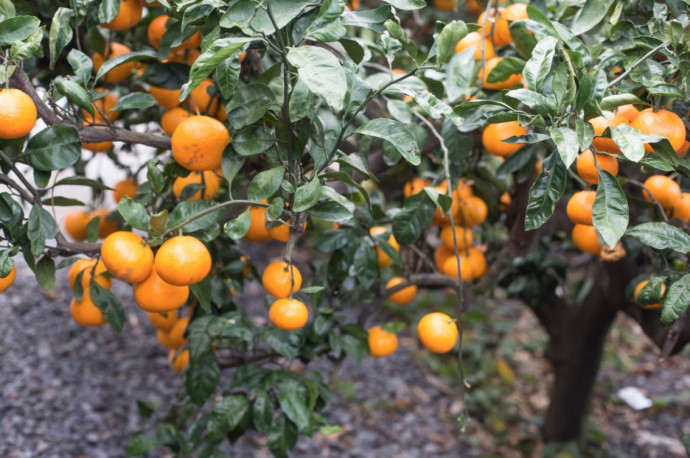Citrus Spring Care

Spring is the perfect time to prepare citrus plants for marvelous growth. Citrus plants require lots of nutrients to develop their beautiful fruit. They do great with regular feeding right throughout the year, but there are some spring tips for the best results. Citrus including lemons, limes and various oranges, are popular indoor plants but need good regular care to thrive. So for everyone who owns one of these rewarding tender fruit trees, here’s a timely guide on citrus care for late spring.
Write a comment
No comments







